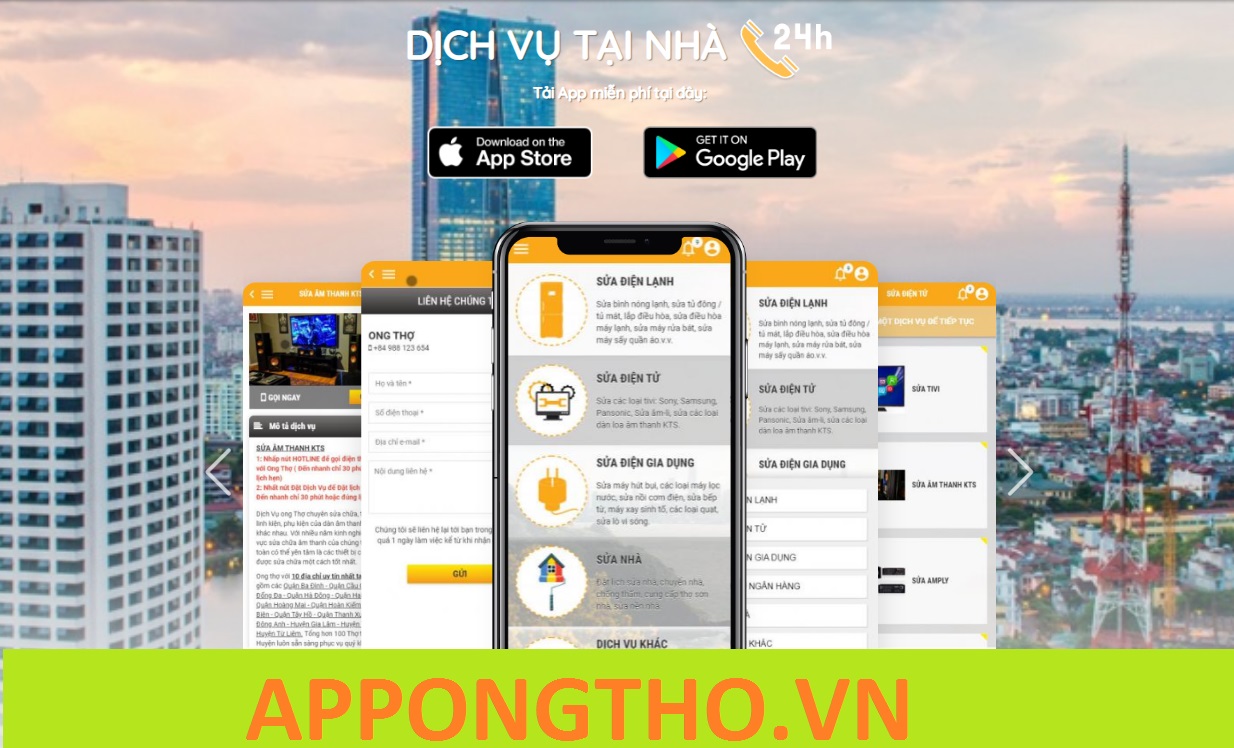Run apps on the Android Emulator | Android Studio | Android Developers
| Feature | Description |
|---|---|
Close |
Close the emulator. |
Minimize
|
Minimize the emulator window. |
| Resize | Resize the emulator as you would any other operating system window. The emulator maintains an aspect ratio appropriate for your device. |
Power |
Click to turn the screen on or off. Click and hold to turn the device on or off. |
Volume up |
Click to view a slider control and turn the volume up. Click again to turn it up more, or use the slider control to change the volume. |
Volume down |
Click to view a slider control and turn the volume down. Click again to turn it down more, or use the slider control to change the volume. |
Rotate left |
Rotate the device 90 degrees counterclockwise. |
Rotate right |
Rotate the device 90 degrees clockwise. |
Take screenshot
|
Click to take a screenshot of the device. |
Enter zoom mode
|
Click to change the cursor to the zoom icon. To exit zoom mode, click the button again . To zoom in and out in zoom mode :
To pan in zoom mode, hold Control (Command on macOS) while pressing the To tap the device màn hình hiển thị in zoom mode, Control-click ( Command-click on macOS ) . |
Back |
Return to the previous screen or close a dialog, an options menu, the Notifications panel, or the onscreen keyboard. |
Home |
Return to the Home screen. |
 Overview Overview
( Recent Apps ) |
Tap to open a list of thumbnail images of apps you’ve worked with recently. To open an app, tap its thumbnail. To remove a thumbnail from the list, swipe it left or right. This button isn’t supported for Wear OS. |
Fold |
For foldable devices, fold the device to display its smaller screen configuration. |
Unfold |
For foldable devices, unfold the device to display its larger screen configuration. |
Button 1
|
For Wear devices, press Button 1 on the device. Only available on Wear devices running API level 28 or higher. |
Button 2
|
For Wear devices, press Button 2 on the device. Only available on Wear devices running API level 30 or higher. |
Palm
|
For Wear devices, press your palm on the device screen. This sets your device to ambient mode. Only available on Wear devices running API level 28 or higher. |
Tilt
|
For Wear devices, tilt the device. This exits ambient mode. Only available on Wear devices running API level 28 or higher. |
| Menu | Press Control+M (Command+M on macOS) to simulate the Menu button. |
More |
Click to access other features and settings. |
Source: https://thomaygiat.com
Category : Ứng Dụng


Thợ sửa mã lỗi F1-01 trên tủ lạnh Hitachi Inverter tốt nhất hiện nay
Mục ChínhThợ sửa mã lỗi F1-01 trên tủ lạnh Hitachi Inverter tốt nhất hiện nayMã Lỗi F1-01 trên Tủ Lạnh Hitachi là gì?Các Bước Tự…

Đèn đỏ trên tủ lạnh Hitachi nhấp nháy 18 lần là bị sao?
Mục ChínhĐèn đỏ trên tủ lạnh Hitachi nhấp nháy 18 lần là bị sao?Lỗi F0-18 Là Gì? Nguyên Nhân Gây Ra Lỗi F0-18Tủ Lạnh Hitachi…

Cách check mã lỗi điều hòa Carrier từng bước sửa chữa
Mục ChínhCách check mã lỗi điều hòa Carrier từng bước sửa chữa1. Tìm Hiểu Về Các Mã Lỗi Trên Điều Hòa Carrier2. Cách Tự Sửa…

Nguyên nhân tủ lạnh Hitachi báo lỗi F0-17 và cách khắc phục
Mục ChínhNguyên nhân tủ lạnh Hitachi báo lỗi F0-17 và cách khắc phục1. Lỗi F017 trên tủ lạnh Hitachi là gì?2. Nguyên nhân gây ra…

Cách sửa máy điều hòa Sumikura báo lỗi chuẩn an toàn
Mục ChínhCách sửa máy điều hòa Sumikura báo lỗi chuẩn an toànNhận Biết Các Sự Cố và Lỗi Trên Điều Hòa SumikuraHướng Dẫn Kiểm Tra…

Hiểu cách sửa mã lỗi F0-16 Trên Tủ lạnh Hitachi Side By Side
Hiểu cách sửa mã lỗi F0-16 Trên Tủ lạnh Hitachi Side By Side https://appongtho.vn/tu-lanh-noi-dia-nhat-hitachi-bao-loi-f0-16 Tủ lạnh Hitachi là một thương hiệu uy tín được nhiều…
![Thợ Sửa Máy Giặt [ Tìm Thợ Sửa Máy Giặt Ở Đây ]](https://thomaygiat.com/wp-content/uploads/sua-may-giat-lg-tai-nha-1.jpg)
